We’ve been hearing from teachers across the United States that students are terrified by news of the reckless, escalating role of the U.S. government in Iran and Iraq. Students’ comments reveal that they are largely misinformed about the history and causes of our military involvement in the Middle East, often repeating corporate media talking points.
To help teachers introduce their students to the current events in historical context, we offer recommended lessons, a teaching guide, articles, and news sources.
Lessons, Articles, and Teaching Guides
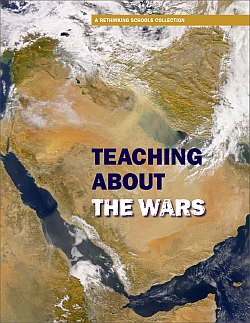 Teaching About the Wars
Teaching About the Wars
Rethinking Schools is offering free access to Teaching About the Wars. This 132-page teaching guide breaks the curricular silence on the U.S. military engagement in Afghanistan and the Middle East.
Although the articles in Teaching About the Wars grow out of the “war on terrorism” following the September 11 attacks, the war in Afghanistan, and then the invasion of Iraq in 2003, the teaching strategies, the history, and many of the resources highlighted in the volume are relevant today.
The full PDF of the guide can be downloaded for free.
Greed as a Weapon: Teaching the Other Iraq War
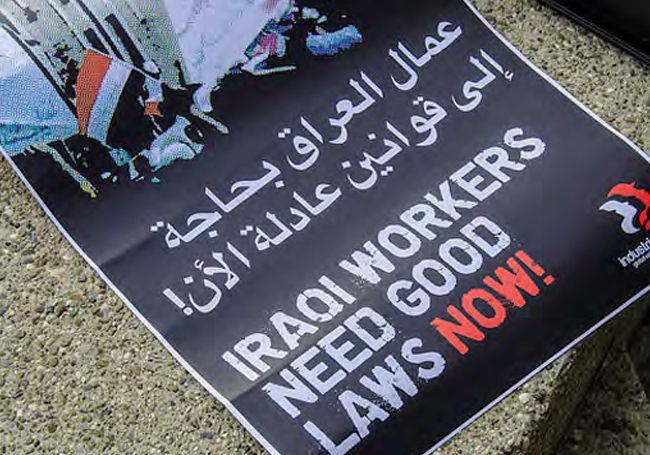
This role play investigates the economic consequences of the U.S. occupation of Iraq, with roles including Iraqi Trade Unionists, Iraqi Farmers, Iraqi Businessmen, U.S. Corporate Executives, and the U.S. Government. By Adam Sanchez, originally published by Rethinking Schools. Free PDF download.
Whose ‘Terrorism’?
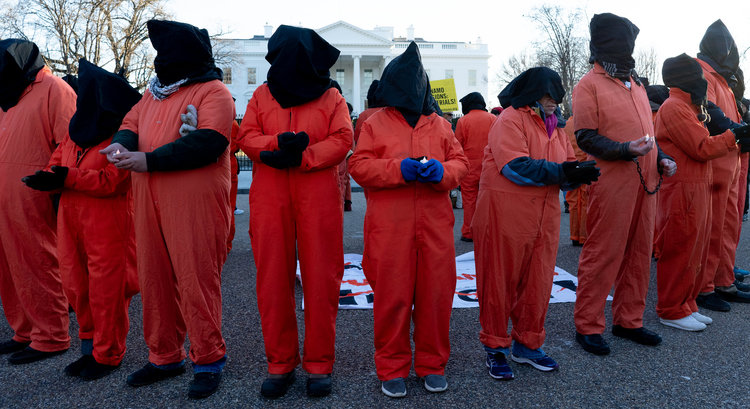
Using scenarios based on real situations, Whose ‘Terrorism’? is a lesson to help middle and high school students examine the definition of “terrorism” and the use of the term “terrorism” in the media and U.S. foreign policy. By Bill Bigelow, originally published by Rethinking Schools. Free PDF download.
Disguising Imperialism: How Textbooks Get the Cold War Wrong and Dupe Students
A high school teacher critiques the textbook treatment of the Cold War and U.S. imperialism. Ursula Wolfe-Rocca describes her approach to the “curricular conundrum” that the Cold War presents because it lasted so long and was so far-flung.
“If we are ever to create a different world, one in which the United States does not cast an outsized and militarized shadow across the globe, we need our students to understand how and why that shadow was created in the first place.” Read.
A People’s History of American Empire: A Graphic Adaptation by Howard Zinn
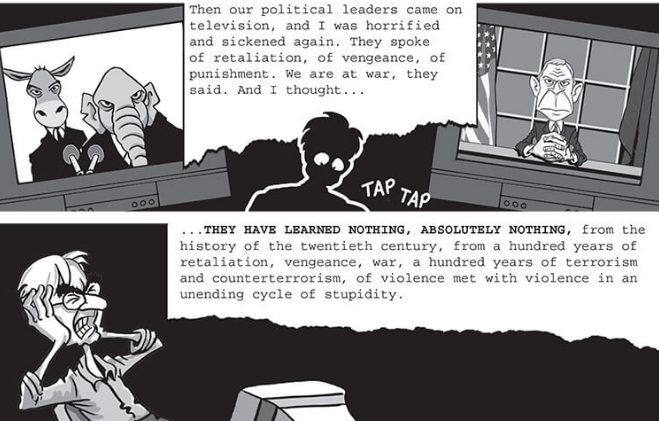 Narrated by Zinn, this graphic-novel adaptation of A People’s History of American Empire opens with the events of 9/11 and then jumps back to explore the cycles of U.S. expansionism from Wounded Knee to Iraq, with a focus on World War I, Central America, Vietnam, and the Iranian revolution.
Narrated by Zinn, this graphic-novel adaptation of A People’s History of American Empire opens with the events of 9/11 and then jumps back to explore the cycles of U.S. expansionism from Wounded Knee to Iraq, with a focus on World War I, Central America, Vietnam, and the Iranian revolution.
Independent News Sources
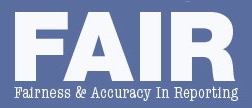 While feigning objectivity, the corporate and even much of the publicly-funded media has largely parroted the administration’s talking points.
While feigning objectivity, the corporate and even much of the publicly-funded media has largely parroted the administration’s talking points.
For example, Fairness and Accuracy in Reporting (FAIR) analyzed every editorial and opinion piece on Soleimani’s killing published by The Washington Post and the New York Times from the attack until January 7.
. . . the majority of articles carried a similar, cookie-cutter structure: agree that Soleimani was a bad guy and deserved to be killed, but worry about the consequences and criticize the president on technical grounds.
They found that The Times‘ editorial board (1/3/20) wrote that “the real question” wasn’t whether Soleimani’s killing “was justified, but whether it was wise.”
Meanwhile, the Post (1/3/20) made exactly the same point: “Yes, Soleimani Was an Enemy,” the editorial board declared. “That Doesn’t Mean Trump Made the Right Call.”
Subscribe to FAIR for a constant source of detailed critiques of current news.
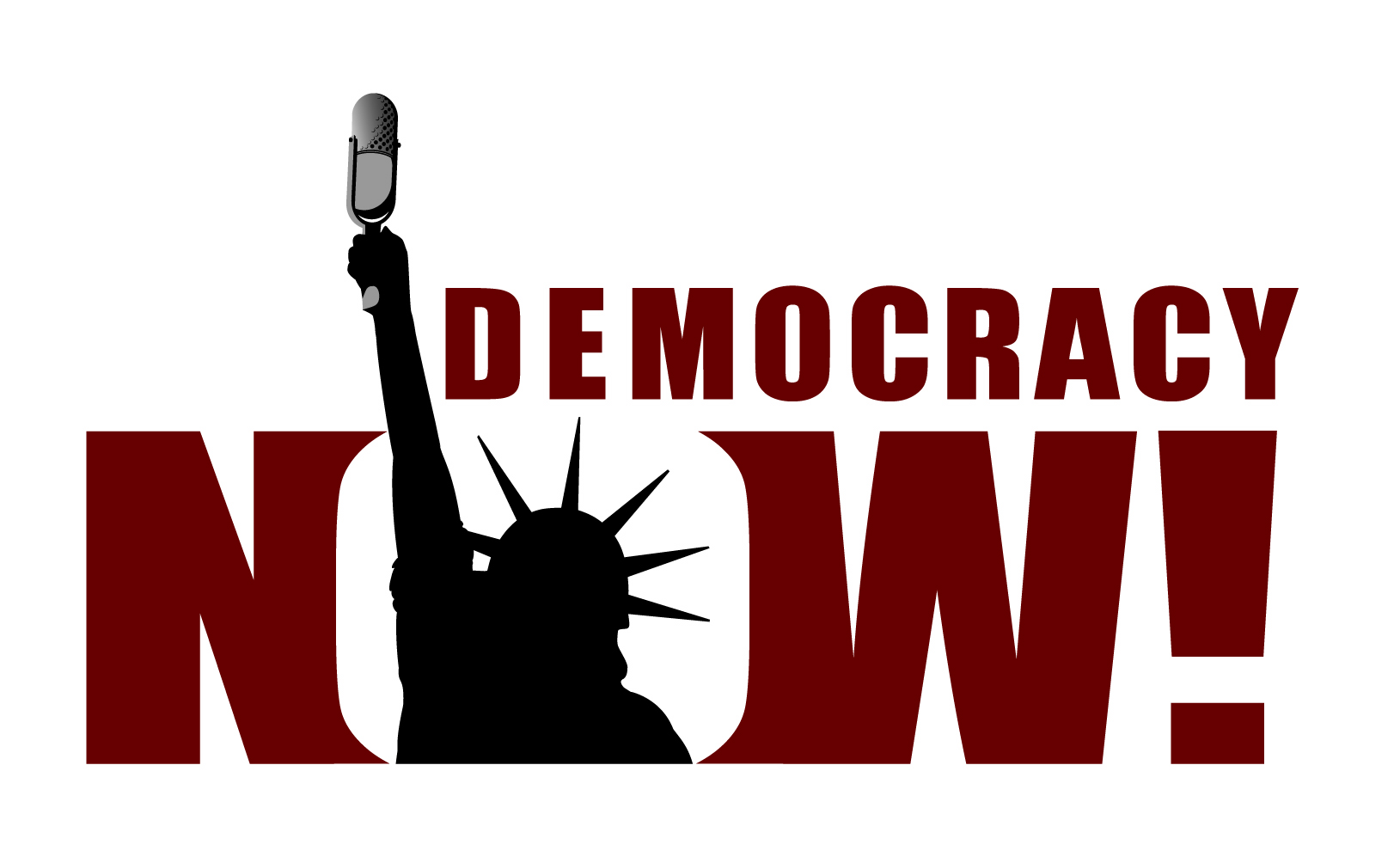 For more accurate news with historical context, we highly recommend Democracy Now!, which broadcasts on many local stations and is available online and via podcast.
For more accurate news with historical context, we highly recommend Democracy Now!, which broadcasts on many local stations and is available online and via podcast.
For example, three days after the assassination of Qassem Soleimani in Baghdad, Democracy Now! aired an interview with Narges Bajoghli, professor of Middle East studies at Johns Hopkins University, who provides historical context sorely lacking in most media coverage of the killing.
WATCH: “Soleimani’s Death Could Galvanize Shia Coalitions Against One “Foreign Aggressor” — The U.S.” via DemocracyNow!
In 2003, Amy Goodman interviewed Stephen Kinzer about his book All the Shah’s Men, which details the U.S. role in overthrowing the democratic leader of Iran, Mohammad Mossadegh.
WATCH: “50 Years After the CIA’s First Overthrow of a Democratically Elected Foreign Government We Take a Look at the 1953 US Backed Coup in Iran” via DemocracyNow!
There are many more Democracy Now! stories on Iran and Iraq.
This Day in History
Our This Day in History series provides relevant stories about the history of U.S. intervention in Iran and also false pretenses for war. Here are a few examples.
Aug. 19, 1953: U.S. and Britain Topple Democratically Elected Government of Iran
Iranian Premier Mohammad Mossadegh was removed from power in a coup organized and financed by the British and U.S. governments.
The Shah quickly returned to take power and signed over 40 percent of Iran’s oil fields to U.S. companies.
Aug. 7, 1964: Gulf of Tonkin Resolution
The Gulf of Tonkin Resolution, based on false reports by President Lyndon Johnson of attacks by North Vietnam, was passed without a single dissent in the House of Representatives and only two no votes in the Senate.
It gave the president carte blanche to “take all necessary measures to repel any armed attack against the forces of the United States and to prevent further aggression.”
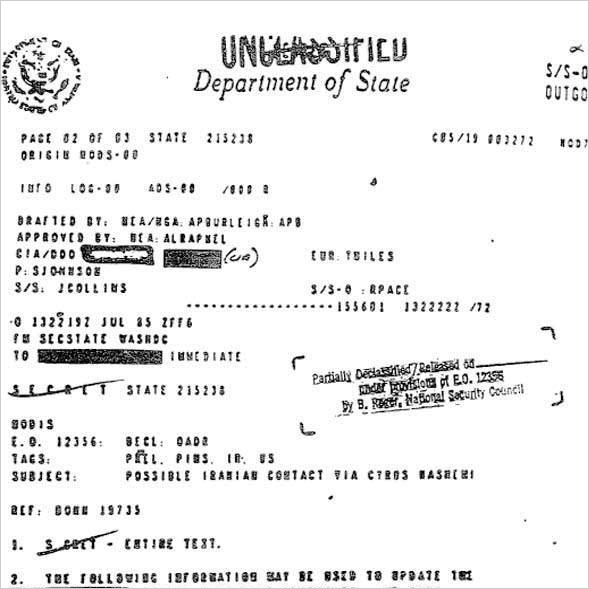 Nov. 3, 1986: Iran Arms Sales Revealed
Nov. 3, 1986: Iran Arms Sales Revealed
The U.S. government sold weapons to Iran in a hostage release deal.
The proceeds from the arms sale were used to wage war against the democratically elected government of Nicaragua by funding the Contras. The scandal is popularly known as the Iran-Contra Affair.

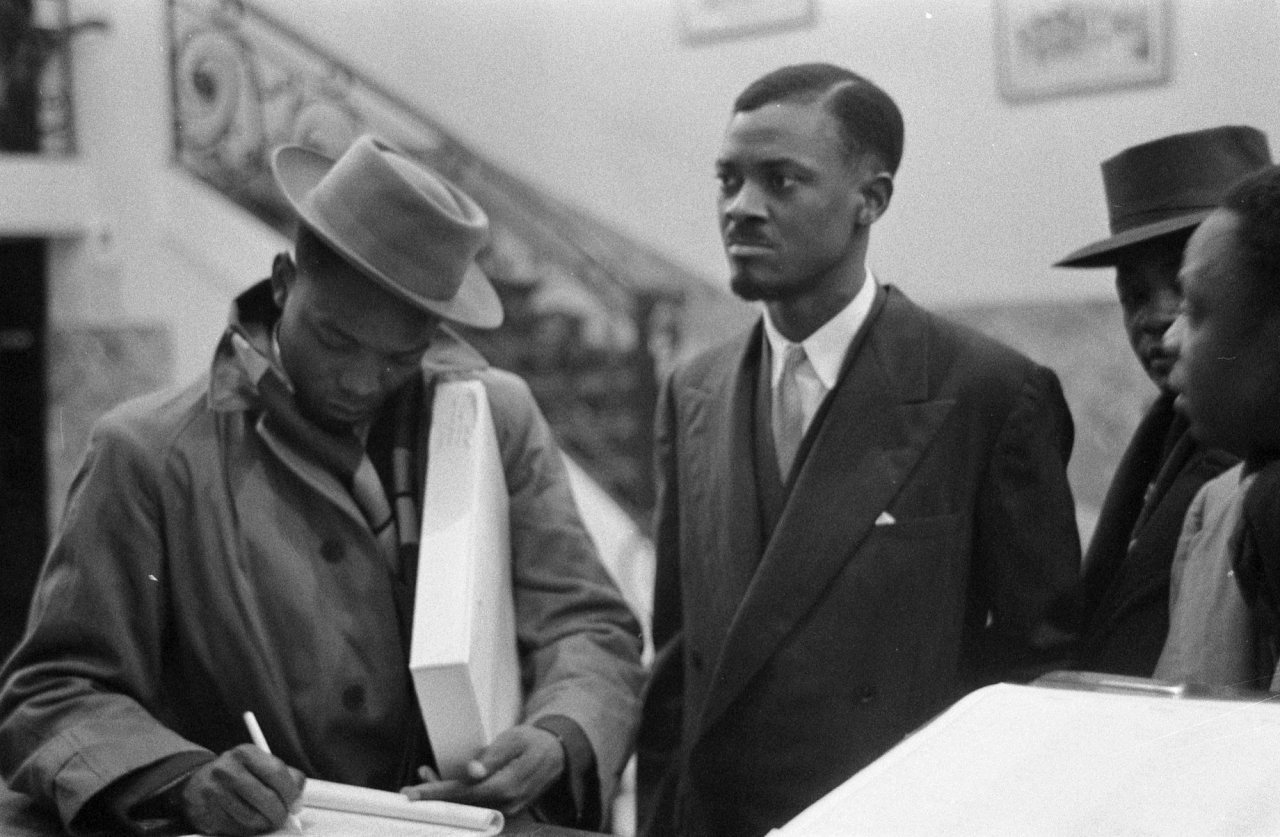
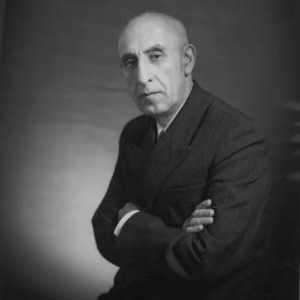
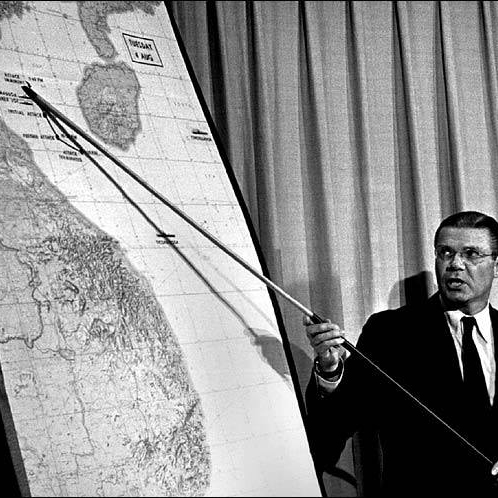
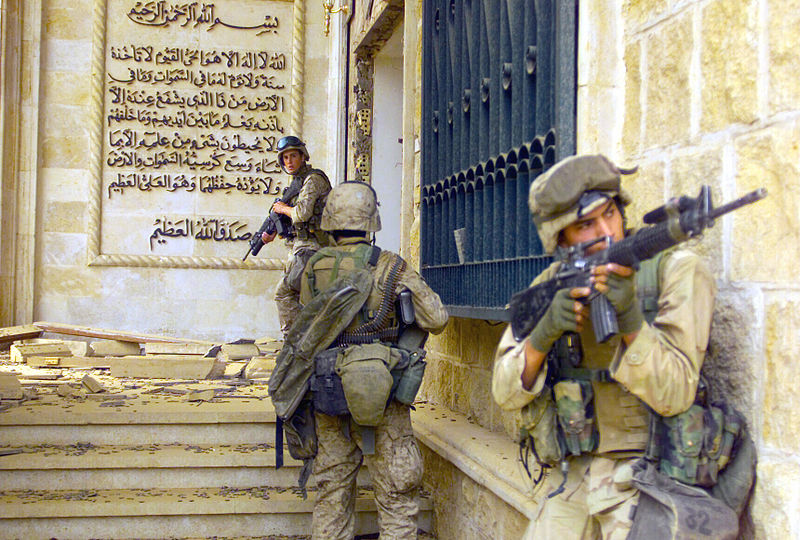
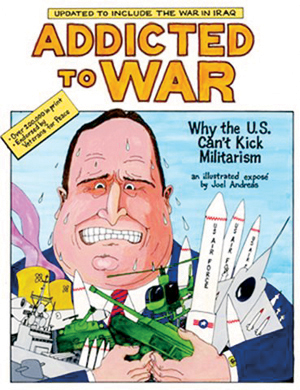
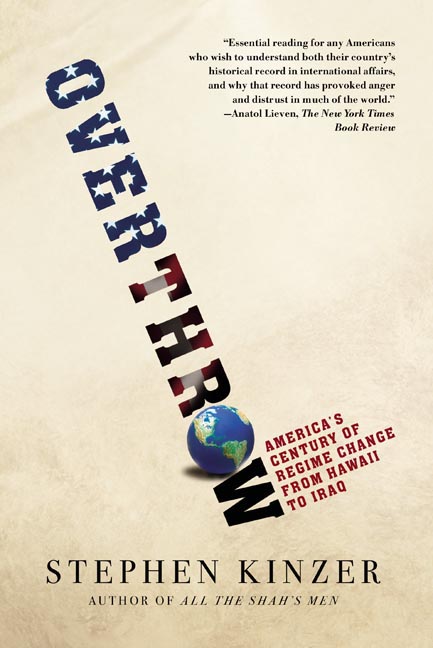

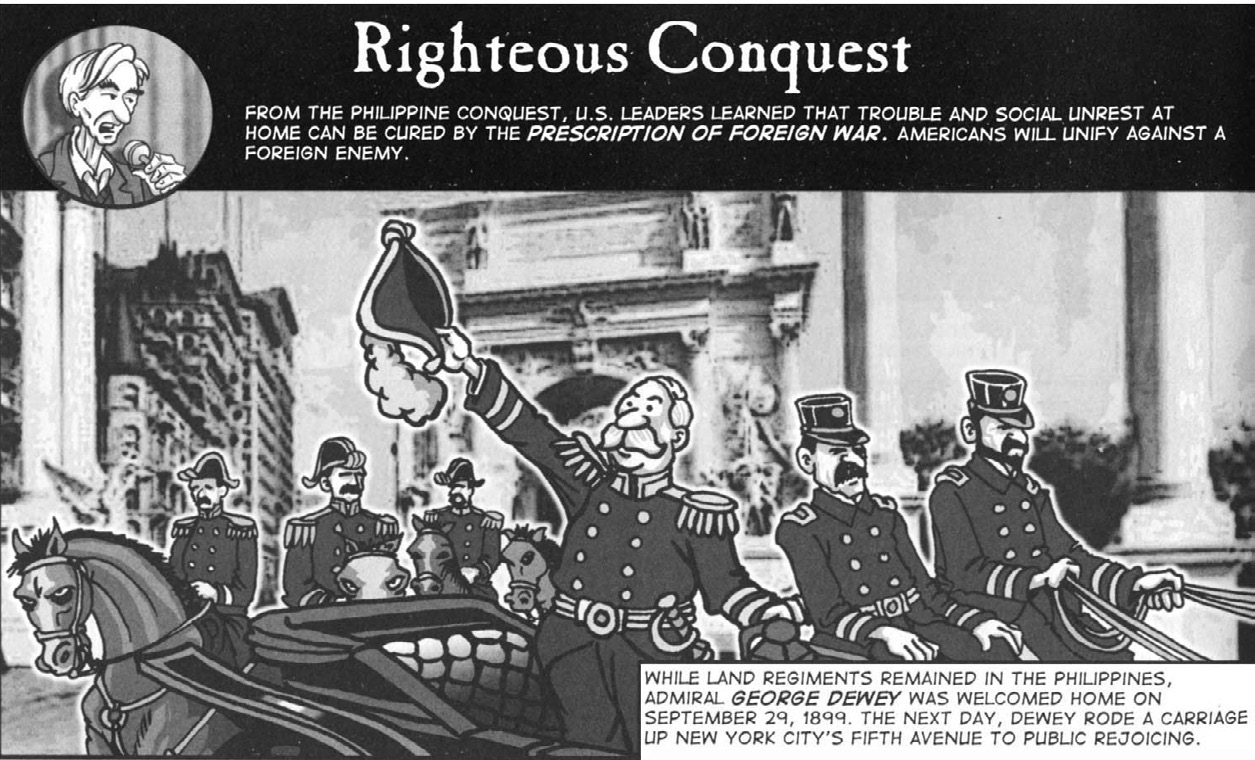





Twitter
Google plus
LinkedIn